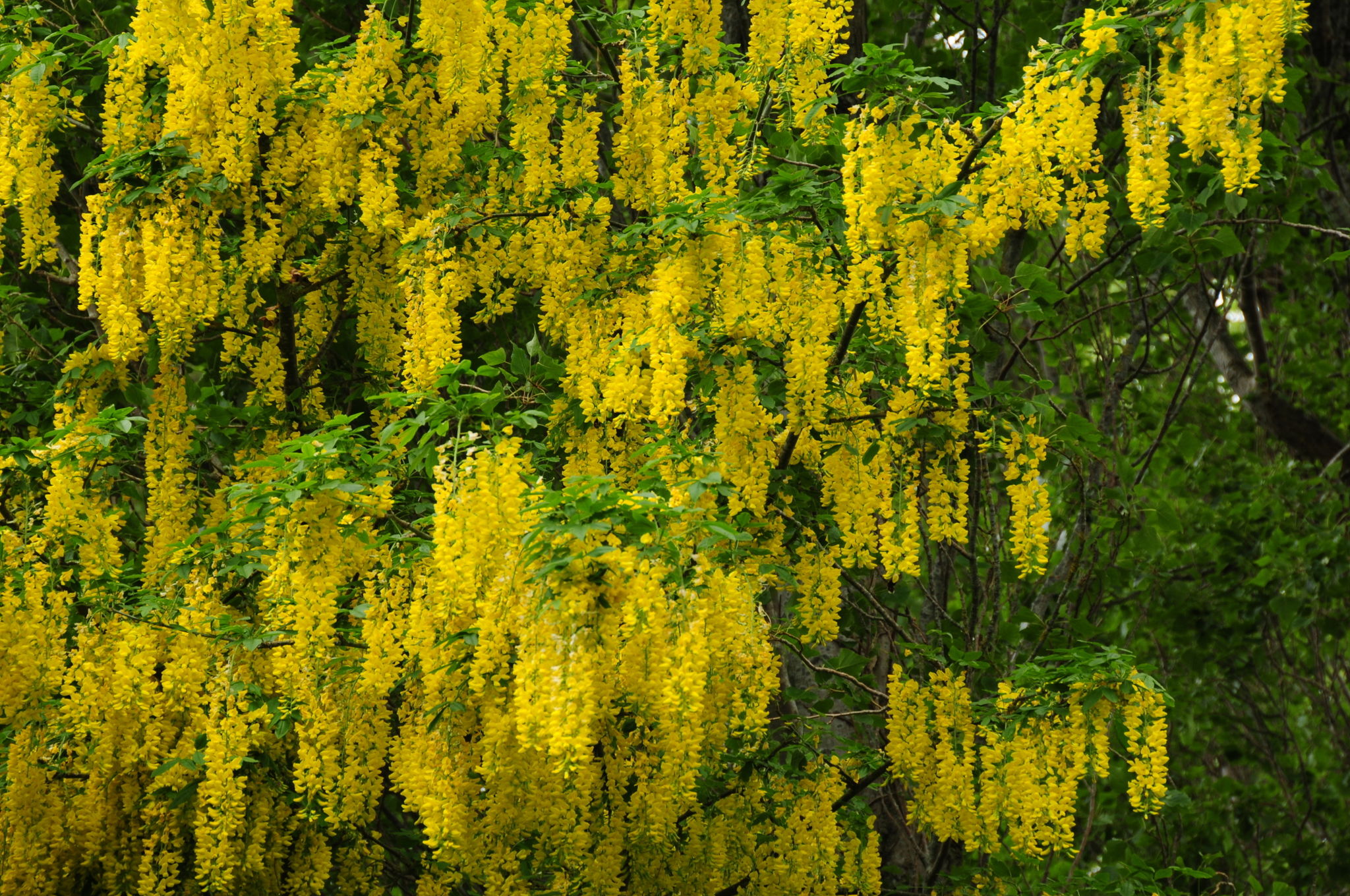How Mimosa Hostilis Bark Fits into Joe Rogan's Ethnobotanical Conversations
Introduction to Ethnobotany
Ethnobotany, the study of how people use plants in cultural contexts, has gained widespread attention in recent years. This field explores the complex relationships between humans and plants, delving into how different cultures utilize flora for medicinal, spiritual, and practical purposes. One prominent voice in popularizing ethnobotanical discussions is Joe Rogan, whose podcasts frequently delve into the intriguing world of plant-based knowledge.
Joe Rogan's Exploration of Plant-Based Knowledge
Joe Rogan, the well-known podcast host, stand-up comedian, and mixed martial arts commentator, has become a significant platform for discussions about ethnobotany. With a diverse range of guests, including scientists, shamans, and adventurers, Rogan's podcasts often explore the profound impact plants have on human consciousness and wellbeing. This exploration includes conversations about traditional plant medicines and their potential benefits and risks.

Mimosa Hostilis: A Key Player in Ethnobotanical Discussions
Among the many plants discussed in ethnobotanical circles is Mimosa Hostilis, a plant renowned for its traditional uses and potent properties. Native to regions in Brazil and Mexico, Mimosa Hostilis is primarily known for its bark, which has been utilized for centuries by indigenous peoples for various purposes. Its traditional applications range from dye production to potential therapeutic uses.
The Unique Properties of Mimosa Hostilis Bark
Mimosa Hostilis bark is notable for its high concentration of tannins and psychoactive compounds. These properties have led to its use in traditional medicine and spiritual practices. The bark is often used in teas and other preparations that are believed to have healing properties. In Joe Rogan's podcasts, discussions about Mimosa Hostilis often center around its traditional applications and the growing interest in its potential benefits.

Why Mimosa Hostilis Captures Interest
One reason Mimosa Hostilis garners attention in ethnobotanical discussions is due to its historical significance and the stories surrounding its use. Many cultures have used this plant in rituals and healing practices, providing a rich tapestry of anecdotal evidence supporting its significance. This historical context adds depth to conversations about the plant's potential applications today.
Modern Uses and Scientific Interest
While traditional uses of Mimosa Hostilis are well-documented, modern science is beginning to explore its potential benefits more rigorously. Research into its chemical compounds suggests a range of possible applications, from skincare to mental health treatments. Joe Rogan's platform often highlights these scientific inquiries, sparking curiosity and debate among listeners.

The Ethical Considerations
As interest in Mimosa Hostilis grows, so do concerns about sustainability and ethical sourcing. Joe Rogan's conversations frequently touch upon these issues, emphasizing the importance of respecting indigenous knowledge and ensuring that plant resources are harvested responsibly. These discussions highlight the need for balance between exploration and conservation.
Conclusion: A Continuing Conversation
In summary, Mimosa Hostilis fits into Joe Rogan's ethnobotanical conversations as a fascinating example of traditional plant use meeting modern scientific inquiry. The discussions around this plant are emblematic of a broader interest in understanding how ancient knowledge can inform contemporary practices. As these conversations continue, they offer valuable insights into the complex relationship between humans and nature.